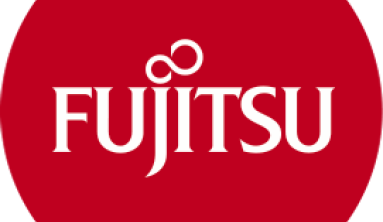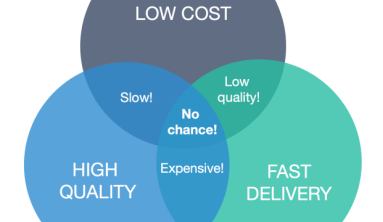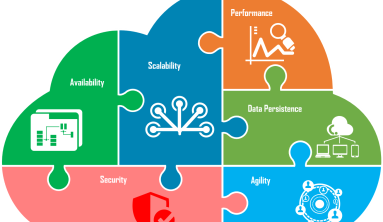How To Streamline eLearning Production
To create the best eLearning courses for your learners it's imperative that you take advantage of collaborative technology. After all, the latest advances in this field have made it possible for people to collaborate with others who are thousands of miles away, using completely different types of devices. Of course, if you want to reap the benefits of collaborative technology in the eLearning industry, you need to know how to use it correctly. Use the right tools for the job and these tips will streamline eLearning course production.
1. Use Collaborative Technology
You now have access to numerous collaborative tools and that's definitely a good thing, because such tools make it easier than ever to communicate with someone on the other side of the country or even the world, all from a laptop, smartphone, or tablet. Traditional barriers to communication -distance and the use of different devices- have fallen.
Productivity has improved, because these collaborative tools eliminate communication issues. People can communicate with each other with a smartphone or tablet, and they can share, edit, ask and answer questions, and take notes on documents in the virtual space.
As long as you choose an authoring tool that lets you and everyone else easily share feedback, there's no need to send large files over email or leave feedback in word documents. This is especially helpful as you create and edit eLearning courses with your team; you'll appreciate the ability to make notes on specific parts of the eLearning course.
2. Empower All Team Members To Create Learning For Their Colleagues
Employees who have access to the right authoring tools have the ability to work on projects anywhere, anytime, improving their productivity while creating eLearning content.
For example, think about the Subject Matter Experts on your team that don't necessarily have the technical Instructional Design skills to design eLearning from scratch. By using a simple and collaborative authoring platform, they can work directly inside the tool with team members.
3. Start Small With A Prototype
Iteration is an important part of the eLearning course production process. If you want the best results, you need to create, then experience, revise, and repeat as necessary. But not every team understands the importance of iteration. If you want to use this to your advantage, choose authoring tools that make the “build” phase part of the production process. This should save you time and ensure all stakeholders know what to expect before you invest resources into completing the eLearning.
4. Learning Is Constantly Changing, So Make Your eLearning Courses Easy to Change
The learning process never stops or stays the same, and your courses shouldn't, either. Prepare for changes by making using an authoring tool that lets you update course content instantly.
For instance, Elucidat's content authoring platform let's you make changes to eLearning without needing to re-upload files to your Learning Management System. Since the content is all hosted in the cloud, the changes are updated instantly.
5. Produce Training That Supports Performance And Adds Real Value
While producing great eLearning content is your main goal, it shouldn't be the only one. You should also strive to make sure your team is producing eLearning that supports performance.
You can start by collecting content that explains what your team needs to know, and then make a video, tutorial, chart, or game from it.
6. Make Use Of Reusable Themes, Layouts, And Page Types
If you want to streamline eLearning production, it's best to create themes and layouts one time, then reuse them whenever possible. Make sure everything you create contains matches your branding guidelines, and then make it all accessible to your entire team.
Authoring tools with reusable themes, layouts and page types make this possible. Instead of spending days creating courses from scratch each time, your team can add content to these reusable elements to create courses in hours.
7. Embrace Technology That Produces Multi-Device Learning
These days, people expect to be able to learn from a range of devices. This means you need to make sure your content looks good on smartphones, tablets, laptops, and desktops. This requires you to use authoring tools that let you build and test content on every device before you publish.
Use the best practices in this article to reduce the risk of running into challenges that slow down your eLearning process.
Source: elearningindustry





